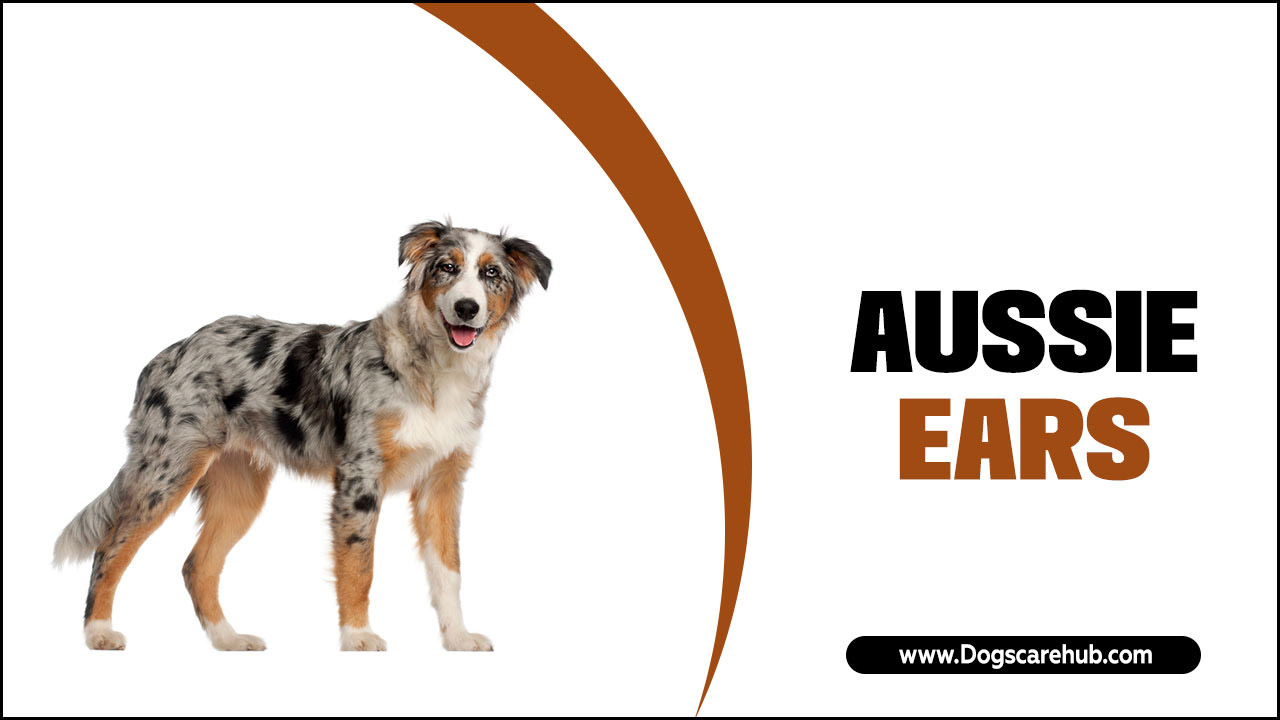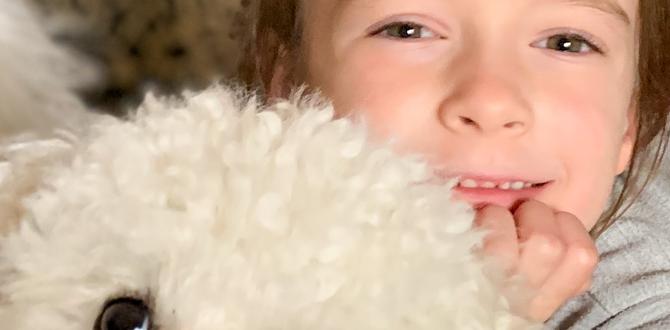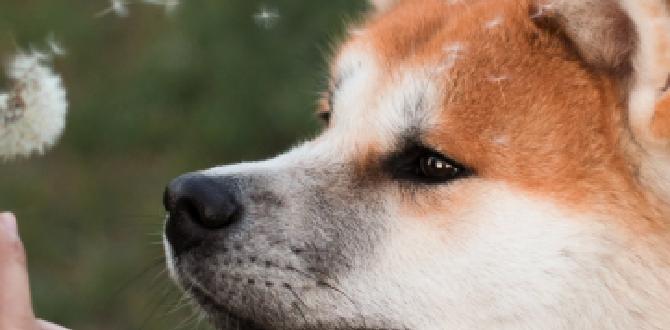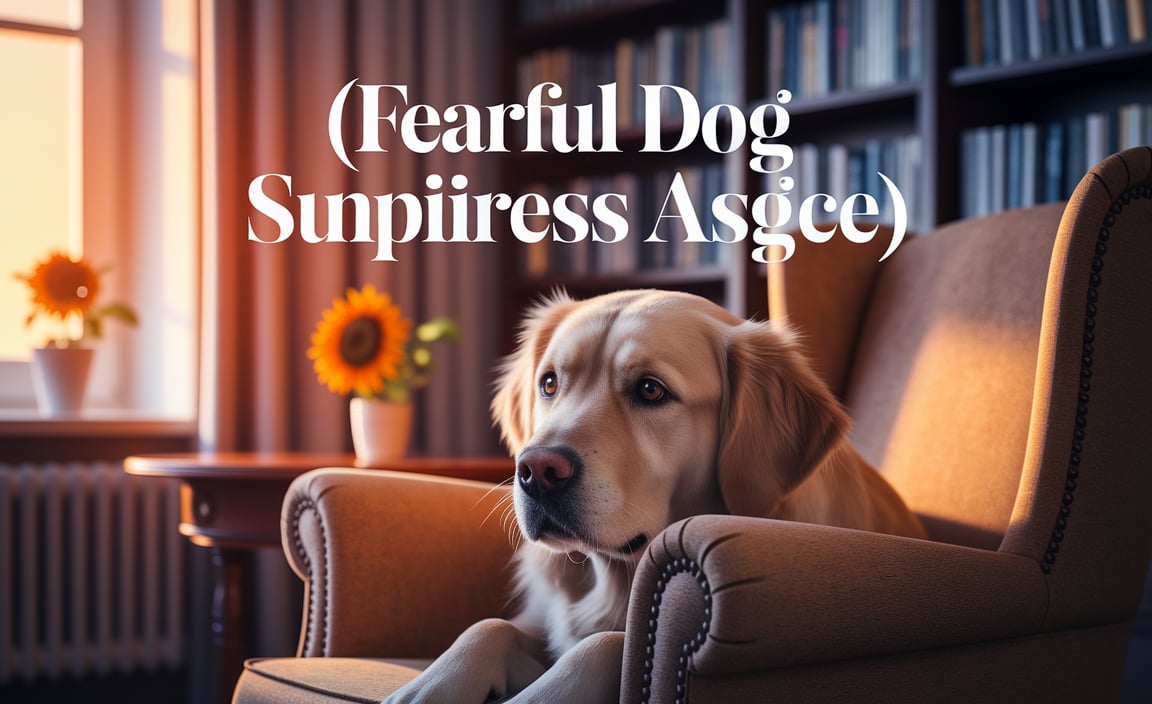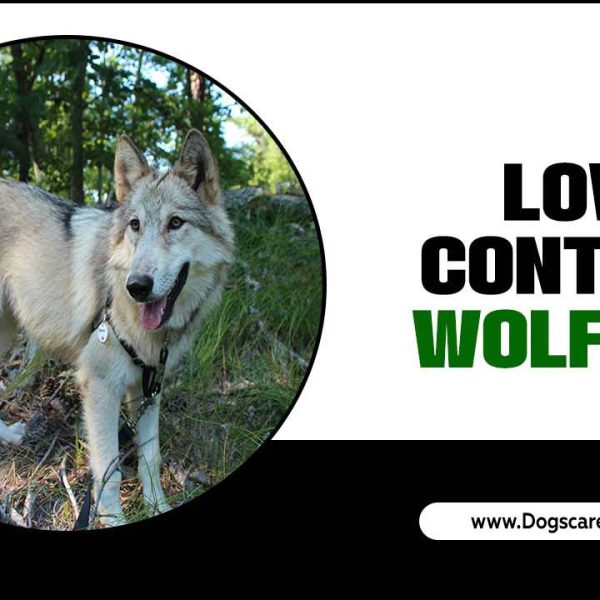Quick Summary: Separation anxiety in dogs can be managed with patience and consistent training. Key tips include gradual desensitization to departures, creating a safe space, providing engaging toys, and seeking professional help if needed. Empower yourself with these essential strategies to help your dog feel more secure when you’re away.
Separation Anxiety in Dogs Tips: Your Essential Guide to a Happier Pup
Is your dog a bundle of nerves the moment you pick up your keys? Do you come home to chewed-up furniture or puddles on the floor? If so, your furry friend might be experiencing separation anxiety. It’s a common and heartbreaking issue for many dog owners, leaving both pet and parent feeling stressed. But don’t worry! With the right approach, you can help your dog build confidence and feel calmer when you’re not around. This guide will walk you through practical, easy-to-follow tips to ease your dog’s worries and bring peace back into your home.
Understanding Separation Anxiety in Dogs
Separation anxiety is more than just a dog missing their favorite person. It’s a genuine panic response triggered by being left alone or separated from a primary attachment figure. Dogs exhibiting this anxiety are not being naughty or defiant; they are experiencing distress. Recognizing the signs is the first step to helping them.
Common Signs of Separation Anxiety
These behaviors typically occur when a dog anticipates being left alone, during the owner’s absence, or shortly after their return:
- Excessive Vocalization: Barking, howling, or whining that persists throughout your absence.
- Destructive Behavior: Chewing on furniture, doors, windowsills, or personal items, often focused on exit points.
- House Soiling: Urinating or defecating indoors, even in housetrained dogs. This is often a sign of panic rather than a lack of training.
- Pacing: Restless movement back and forth, often in a repetitive pattern.
- Drooling and Panting: Excessive salivation or heavy panting, even when not hot or stressed by exertion.
- Escape Attempts: Frantic efforts to break out of crates, rooms, or even the house, which can lead to self-injury.
- Excessive Greeting: Overly excited and prolonged greetings upon your return, sometimes accompanied by body shaking or drooling.
- Depression or Withdrawal: Some dogs may become lethargic, refuse to eat, or seem withdrawn when left alone.
What Causes separation anxiety?
While the exact causes can vary, several factors can contribute to separation anxiety in dogs:
- Changes in Routine: A sudden shift in a dog’s schedule, such as a new work arrangement or a move to a new home, can be a trigger.
- Traumatic Experiences: Rescue dogs may develop anxiety if they’ve experienced abandonment or neglect.
- Changes in Household: The departure of a family member or another pet can distress a dog.
- Lack of Socialization: Dogs who haven’t been properly socialized to being alone may struggle more.
- Genetics and Breed Predisposition: Some breeds may be more prone to developing anxiety.
- Sudden Absence: If a dog has always been with someone and is suddenly left alone for extended periods without preparation.
Essential Tips for Managing Separation Anxiety in Dogs
Helping your dog overcome separation anxiety requires patience, consistency, and a deep understanding of their needs. It’s a gradual process, and celebrating small victories is key!
1. Desensitize Your Dog to Departure Cues
Dogs are incredibly perceptive. They learn to associate certain actions with your departure, like picking up keys, putting on shoes, or grabbing a bag. The goal here is to make these cues less predictable and less alarming.
- Practice Routine Actions Randomly: Pick up your keys, walk to the door, open it, and then sit back down without leaving. Do this several times a day.
- Vary Your Departure Routine: Don’t always wear the same shoes or grab the same bag. Mix it up!
- Short, Non-Event Departures: Step outside for just a few seconds, then come back in. Gradually increase the time you’re gone, ensuring your dog remains calm. If they show anxiety, you’ve gone too fast; reduce the time.
2. Create a Safe and Comfortable Space
Your dog needs a den-like sanctuary where they feel secure. This could be a crate, a specific room, or a cozy corner.
- Crate Training (Positive Association): If you use a crate, make it a positive experience. Feed meals inside, offer treats, and never use it for punishment. Leave the door open initially. It should feel like their own personal safe haven, not a prison. Learn more about positive reinforcement crate training from the Humane Society.
- Comfortable Bedding: Equip the space with soft, comfortable bedding.
- Familiar Scents: Leave an unwashed t-shirt of yours in their safe space. Your scent can be very comforting.
3. Provide Engaging Enrichment and Distractions
Boredom and pent-up energy can exacerbate anxiety. Keeping your dog mentally and physically stimulated can make a huge difference.
- Puzzle Toys: Fill a Kong or other treat-dispensing toy with their favorite wet food, peanut butter (xylitol-free!), or a mixture and freeze it. This provides a long-lasting challenge.
- Interactive Toys: Toys that move, dispense treats, or make sounds can keep them occupied.
- Comfortable Chews: Safe, durable chews can offer a calming outlet for chewing behavior.
4. Establish a Predictable Routine
Dogs thrive on routine. A consistent schedule for feeding, potty breaks, exercise, and playtime can reduce uncertainty and anxiety.
- Exercise is Key: Ensure your dog gets enough physical activity before you leave. A tired dog is a calmer dog. This could be a brisk walk, a game of fetch, or a stimulating training session.
- Consistent Meal Times: Regular feeding times help regulate their body and mind.
- Potty Breaks: Frequent potty breaks, especially before leaving, can prevent accidents due to anxiety.
5. Teach Independence Gradually
If your dog is overly reliant on your presence, teach them to be comfortable entertaining themselves.
- Short Stays with Reinforcement: Start by giving your dog a special treat-dispersing toy or a long-lasting chew. Practice leaving them with it for very short periods while you are still home, rewarding them for calm behavior.
- Ignore Excessive Demands: If your dog follows you everywhere or demands constant attention, try to teach them to settle down on their own for short periods.
6. Manage Greetings and Departures Calmly
How you act around departures and arrivals can influence your dog’s emotional state.
- Low-Key Departures: Avoid elaborate goodbyes. Keep your exit calm and casual.
- Calm Re-Entry: When you return, ignore your dog for the first few minutes until they’ve settled down. Then, greet them calmly. This shows them that your return isn’t a big, exciting event that warrants extreme anxiety.
7. Consider Calming Aids (with Professional Guidance)
In some cases, additional support might be beneficial. Always consult your veterinarian before trying any calming supplements or aids.
- Pheromone Diffusers: Adaptil (DAP) diffusers release synthetic pheromones that mimic those released by nursing mother dogs, which can have a calming effect.
- Calming Supplements: Products containing L-theanine, melatonin, or specific probiotics may help. Discuss options with your vet.
- Thundershirts: These snug-fitting shirts apply gentle, constant pressure, which can have a calming effect on some dogs, similar to swaddling a baby.
When Professional Help is Needed
For severe cases of separation anxiety, or if your efforts aren’t yielding results, it’s time to seek professional guidance. Don’t feel discouraged; seeking help is a sign of excellent pet parenting.
Consult Your Veterinarian
Your vet is your first point of contact. They can:
- Rule out any underlying medical conditions that might be causing similar symptoms (e.g., urinary tract infections, cognitive dysfunction).
- Discuss prescription medication options that can help manage severe anxiety, often used in conjunction with behavioral modification. Medications like fluoxetine or clomipramine are sometimes prescribed, as noted by the American Veterinary Medical Association (AVMA).
Work with a Certified Professional
A certified dog trainer or a veterinary behaviorist can provide tailored strategies.
- Certified Applied Animal Behaviorist (CAAB) or Veterinary Behaviorist (DACVB): These professionals have advanced degrees and specialize in diagnosing and treating complex behavioral issues, including severe separation anxiety.
- Certified Professional Dog Trainer (CPDT-KA or CPDT-KSA): Look for trainers with experience in anxiety and fear-based behaviors, who use positive reinforcement methods.
Sample Training Schedule for Separation Anxiety
Here’s a sample of how you might structure training. Remember to adapt this to your dog’s pace and responses.
Week 1: Foundation Building & Short Absences
- Consistently implement a predictable daily routine (exercise, feeding, potty).
- Practice departure cue desensitization daily (keys, shoes, etc.) without leaving.
- Start with “micro-absences”: Leave the room for 30 seconds, return calmly. Build to 1 minute, then 2 minutes, always returning before your dog shows anxiety.
- Leave a stuffed Kong or treat puzzle once a day while you are home to build positive associations with alone time.
Week 2: Increasing Duration & Comfort
- Continue increasing absence duration by small increments (e.g., 5 minutes, then 10 minutes), always ensuring success. If the dog shows anxiety, go back to a shorter duration they can handle.
- Introduce a safe space (crate or room) and ensure it’s a positive place, filled with familiar scents and comfortable bedding.
- Ensure a vigorous exercise session before one of your longer “training absences.”
Week 3: Extended Absences & Real-World Practice
- Gradually increase absence times, aiming for longer periods (e.g., 30 minutes, 1 hour).
- Incorporate “fake departures” where you leave but return quickly if needed.
- Use calming aids if recommended by your vet during these longer practice sessions.
Ongoing: Maintenance & Vigilance
Once your dog is comfortably handling your typical workday, continue to:
- Maintain a consistent routine.
- Randomize departure cues.
- Occasionally practice short absences to keep skills sharp.
- Be mindful of any major changes in their environment or routine that might trigger a relapse.
Table: Signs and Solutions
Here’s a quick reference table to help you match common signs with potential solutions:
| Sign of Separation Anxiety | Potential Solutions |
|---|---|
| Excessive Barking/Howling | Desensitization to departures, exercise, calming aids, professional training. |
| Destructive Chewing | Safe space, engaging toys/chews, exercise, management of environment, professional training. |
| House Soiling | Vet check (rule out medical), manage schedule, ensure potty breaks before leaving, reduce stress. |
| Pacing | Exercise, mental stimulation, safe space, consider anxiety medication. |
| Escape Attempts | Secure environment, crates/rooms as safe spaces (positive association), vet consultation for severe cases. |
Frequently Asked Questions (FAQ) about Separation Anxiety
Q1: How long does it take to treat separation anxiety?
A: Treatment varies significantly depending on the severity of the anxiety and the dedication to the training plan. It can take weeks to months. Consistency and patience are crucial; avoid expecting overnight results.
Q2: Can I leave my dog alone at all if they have separation anxiety?
A: Initially, you may need to minimize alone time significantly. This might mean arranging for a pet sitter, doggy daycare, or having a friend check in. As your dog improves with training, you can gradually increase their tolerance for being alone.
Q3: Is it okay to comfort my dog when they are anxious about me leaving?
A: It’s a common instinct, but overly dramatic goodbyes or comforting a highly anxious dog can sometimes reinforce their panic. It’s better to keep departures calm and to build their confidence through training rather than offering comfort in the moment of panic.
Q4: What is the difference between boredom and separation anxiety?
A: Boredom is a lack of stimulation, often leading to destructive behavior or attention-seeking. Separation anxiety is a panic response to being alone, characterized by distress, fear, and often more severe, targeted destruction (like focusing on exit points) or house soiling specifically when left alone.
Q5: Can puppies have separation anxiety?
A: Yes, puppies can develop separation anxiety. They are often more prone to it due to their dependence on their mother and new owners. Early socialization and gradual introductions to being alone are important preventative measures.
Q6: Should I punish my dog for behaviors related to separation anxiety?
A: Absolutely not. Punishing a dog for behaviors stemming from separation anxiety will only increase their fear and anxiety, potentially worsening the problem. These behaviors are signs of distress, not misbehavior.
Conclusion
Watching your beloved dog suffer from separation anxiety can be incredibly difficult, but remember you are not alone, and there is hope. By implementing these tips with consistency and love, you can help your dog build greater confidence and feel more secure when left on their own. It’s a journey of understanding and patience. Celebrate every small victory, and don’t hesitate to reach out for professional help when you need it. Your dedication will pave the way for a happier, more relaxed companion and a more peaceful home for everyone.
Meet Elyse Colburn, the devoted canine companion and storyteller behind the enchanting world of “Tales, Tails, and Adventures Unleashed.” A passionate dog enthusiast with a heart full of paw prints, Elyse Colburn shares heartwarming tales and insightful adventures, celebrating the joy, loyalty, and endless antics that make every dog a true hero. Join Elyse Colburn on this tail-wagging journey, where every post is a love letter to our four-legged friends.

